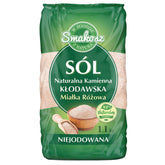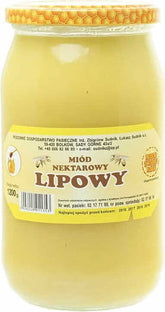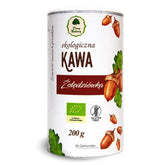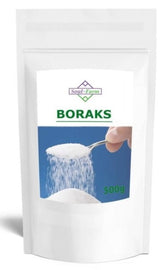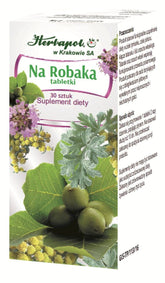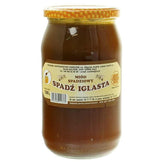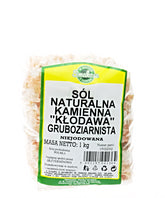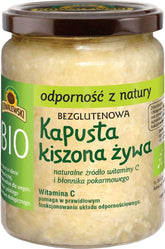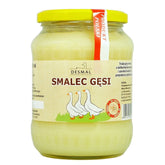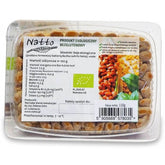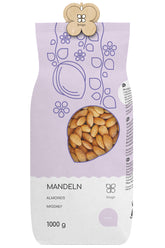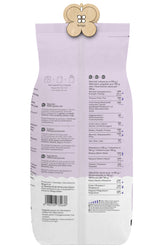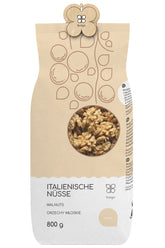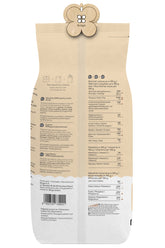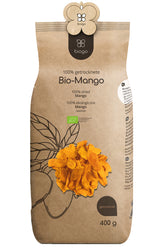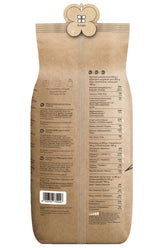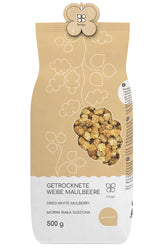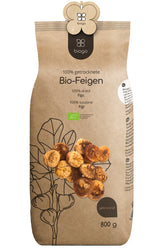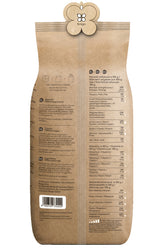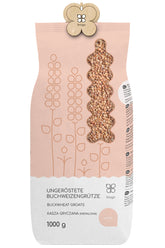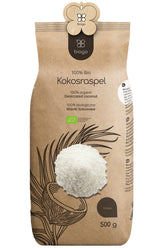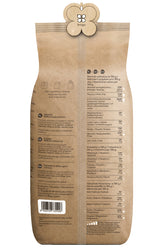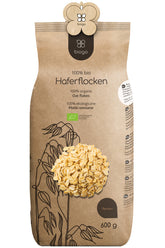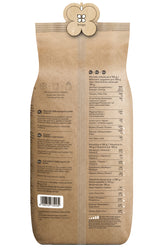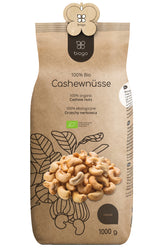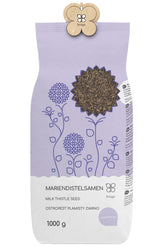Tempeh: come si differenzia dal tofu e quali proprietà ha
- Cos'è il Tempeh e come viene prodotto?
- Quali sono le proprietà del Tempeh?
- Uso del Tempeh in cucina
- In cosa il Tempeh differisce dai fagioli di soia?
- Tempeh - Controindicazioni al consumo
Tutti hanno sentito parlare del tofu – un delicato formaggio fresco di latte di soia. Questo alimento proveniente dalla Cina è ormai indispensabile nelle nostre cucine ed è particolarmente amato da vegetariani e vegani, poiché rappresenta un'eccellente fonte di proteine in una dieta senza carne. Anche gli amanti della carne apprezzano il tofu. Tuttavia, il tempeh, anch'esso prodotto con fagioli di soia, è finora meno conosciuto. Diamo quindi un'occhiata a cosa sia e qual è la differenza tra tempeh e tofu.
Cos'è il Tempeh e come viene prodotto?
Tempeh è un prodotto alimentare tradizionale indonesiano ottenuto tramite fermentazione dei fagioli di soia. Per la sua produzione si utilizzano fagioli di soia interi, ammollati e spelati, parzialmente cotti. Il processo di fermentazione avviene grazie all'uso del fungo Rhizopus oligosporus e dura da 24 a 36 ore. Il prodotto fermentato ha una consistenza dura e un aroma fortemente nocciolato. Il tutto crea una struttura compatta con fagioli di soia visibili.
Quali sono le proprietà del Tempeh?
L'ingrediente base di questo prodotto sono i fagioli di soia fermentati. Tempeh è facilmente digeribile e i nutrienti in esso contenuti sono ben assorbiti dal nostro corpo. Questa prelibatezza di Giava contiene molti nutrienti preziosi ed è un ottimo sostituto della carne nella dieta vegetariana grazie all'alto contenuto di ferro e proteine. Il ferro contenuto nel tempeh è coinvolto nella formazione degli elementi essenziali del sangue, cioè eritrociti e leucociti, è responsabile del mantenimento di un metabolismo corretto, trasporta ossigeno ed è una componente estremamente importante dell'emoglobina. Tempeh è anche una preziosa fonte di una quantità piuttosto elevata di magnesio. Il magnesio previene spiacevoli crampi muscolari e la formazione di calcoli biliari. Influisce anche sul corretto funzionamento del sistema immunitario, regola la temperatura corporea, migliora la funzione intestinale e aiuta a ridurre la tensione premestruale. Questo prodotto fermentato di fagioli di soia è una fonte molto preziosa di vitamina B12, che supporta la maturazione dei nostri globuli rossi e influenza anche il corretto funzionamento del cervello, elimina l'omocisteina, una sostanza che può contribuire allo sviluppo di malattie cardiovascolari. La carenza di vitamina B12 può anche portare a un significativo calo di energia. In conclusione, Tempeh è la fonte di:
- Proteine,
- Potassio,
- Sodio,
- Calcio,
- Fosforo,
- Ferro,
- Magnesio,
- Zinco,
- Rame,
- Vitamine: B1, B2, B6, B12,
- Niacina,
- Folati.
Uso del Tempeh in cucina
Inserendo il tempeh nella tua dieta quotidiana, miglioriamo lo stato delle nostre ossa, denti, unghie e capelli, supportiamo la produzione di globuli rossi, la funzione del cuore e della circolazione e integriamo la carenza di ferro e proteine, soprattutto se per vari motivi seguiamo una dieta senza carne e con pochi prodotti animali. Come si usa questa prelibatezza in cucina? Cosa si mangia e come si preparano i piatti con il tempeh?
Questa prelibatezza indonesiana può essere consumata anche senza preparazione preventiva in panini e insalate. Con il tempeh possiamo preparare un pranzo o una cena deliziosi, veloci, sazianti e salutari. Questo prodotto dovrebbe essere trattato come un sostituto della carne che ci fornisce prezioso ferro e proteine. Possiamo servirlo sia con prodotti a base di cereali - grano saraceno, riso o pane, sia con molte verdure gustose. Otterremo così un pasto completo. Il tempeh dovrebbe essere conservato in frigorifero (può anche essere congelato). Adatto per cucinare, cuocere a vapore, friggere, cuocere al forno, grigliare e marinare. Durante la frittura si possono aggiungere le spezie e le erbe aromatiche preferite. Durante il trattamento termico il tempeh non si asciuga, indurisce, si scioglie o si sbriciola. Macinato, condito e saltato in padella con cipolle, può essere un ripieno per frittelle salate, gnocchi, involtini primavera e persino un sostituto della carne per gli spaghetti alla bolognese. Tempeh può anche essere aggiunto al posto della carne in moussaka o involtini di cavolo.
In cosa il Tempeh differisce dai fagioli di soia?
Poiché sia il tofu che il tempeh sono prodotti con fagioli di soia, potremmo chiederci qual è la differenza tra loro. Entrambi i prodotti sono una buona fonte di proteine, ma differiscono per il metodo di produzione, alcuni valori nutrizionali e la consistenza. Il tempeh è prodotto tramite fermentazione di fagioli di soia precedentemente ammollati e cotti. Il tofu, invece, non è un prodotto fermentato. È molto più morbido, mentre il tempeh è decisamente più solido e compatto. Le differenze si notano anche nel sapore – il tofu è delicato (fondamentalmente il tofu non ha un sapore proprio, lo acquisisce con l'aggiunta di erbe e spezie), il tempeh ha un sapore leggermente nocciolato e deciso – specialmente nella variante affumicata o fritta, motivo per cui il tofu può essere usato in ricette di dessert - ad esempio nella preparazione di cheesecake con tofu, mentre il tempeh è piuttosto un prodotto secco. Sia il tofu che il tempeh contengono ferro e calcio, con il tempeh che è una migliore fonte di ferro e il tofu una migliore fonte di calcio. Rispetto al tofu, il tempeh è anche più digeribile.
Tempeh - Controindicazioni al consumo
Nonostante il tempeh sia un prodotto molto nutriente, esiste una controindicazione al consumo in caso di allergia alla soia. Si stima che in Europa circa lo 0,3% delle persone non tolleri questa pianta. Il consumo può quindi causare disturbi che vanno da reazioni lievi a gravi reazioni multiorgano. I sintomi più comuni sono:
- Dolori addominali,
- nausea,
- diarrea,
- arrossamento e bruciore della pelle, possibilmente orticaria,
Il tempeh è un prodotto dal sapore unico, con una consistenza interessante e contiene molti nutrienti che influenzano positivamente il corretto funzionamento del nostro corpo. Anche se non siamo vegetariani o vegani, vale la pena almeno di tanto in tanto scegliere questo ingrediente quando si prepara un pasto sano e completo. L'alto contenuto proteico e la ricchezza di nutrienti rendono il tempeh un prodotto unico che integra perfettamente la cucina vegetariana con nutrienti essenziali, ma anche con sapore e consistenza simili alla carne.
LA SCELTA DELL'EDITORE
Mandorle 1 kg BIOGO
- £11.00
£13.00- £11.00
- Prezzo unitario
- / per
Noci 800 g BIOGO
- £8.00
£10.00- £8.00
- Prezzo unitario
- / per
Mango essiccato bio 400 g BIOGO
- £10.00
- £10.00
- Prezzo unitario
- / per
Morbide More Bianche Secche 500 g BIOGO
- £6.00
£7.00- £6.00
- Prezzo unitario
- / per
Fichi secchi biologici 800 g BIOGO
- £27.00
- £27.00
- Prezzo unitario
- / per
Granella di grano saraceno non pelato 1 kg BIOGO
- £3.00
£3.00- £3.00
- Prezzo unitario
- / per
Scaglie di cocco bio 500 g BIOGO
- £9.00
- £9.00
- Prezzo unitario
- / per
Fiocchi d'avena bio 600 g BIOGO
- £4.00
- £4.00
- Prezzo unitario
- / per
Anacardi bio 1 kg BIOGO
- £18.00
- £18.00
- Prezzo unitario
- / per
Semi di cardo mariano 1 kg BIOGO
- £4.00
- £4.00
- Prezzo unitario
- / per

